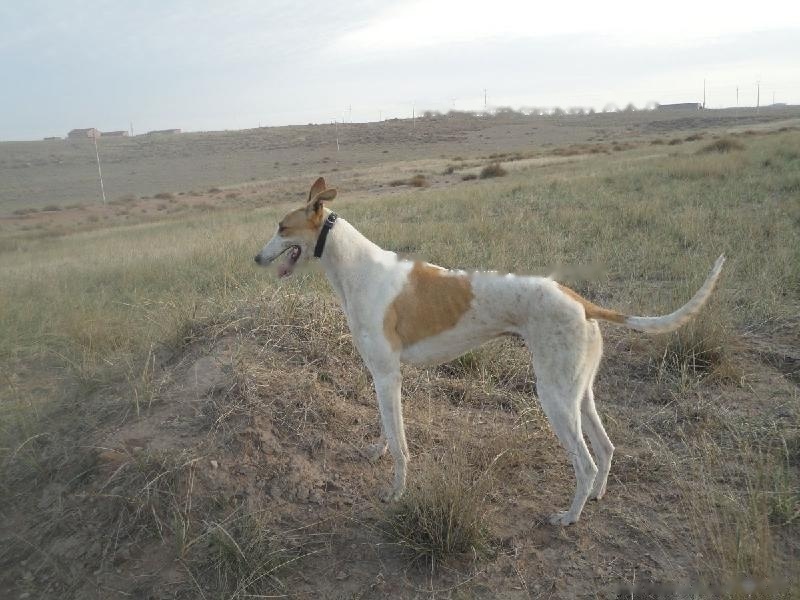Gree is not picky about food, but nutrition should be comprehensive, especially protein and vitamins should not be deficient. Gree dog feed can be divided into three categories: animal feed, plant feed and additives.

Young dogs generally refer to Gree dogs aged 3 to 6 months after birth. The young dog has been able to live independently, and the feeding can be changed to twice a day. The feeding should be done regularly, quantitatively, qualitatively, and at a constant temperature.
At this time, the canine teeth of the young dog have grown, and they like to bite. You can throw some bones to make them chew. The dog group should be separated according to the strength and weakness, pick out the young dogs who love fighting, and put them into the older dog group to avoid biting the group and causing losses.
Breeding dogs have high nutritional requirements, and generally in addition to feeding in the morning and evening, they should be fed once in the middle.
In order to ensure the daily activity of the breeder, the dog should be active 2 to 3 times a day in the large activity field for about 30 minutes each time. This can not only ensure the quality of the male dog, but also enhance the physique of the female dog.
In order to avoid the occurrence of various canine diseases, programmatic vaccination should be carried out during the growth of Gree dogs. First of all, the Gree dog must be vaccinated. The first vaccination is 30 days old, the second vaccination is 60 days old, the third vaccination is 120 days old, and the immunization is given again at 6 months of age. The inoculation doses are subject to the drug instructions. Secondly, pay attention to checking the feces, and regularly give the Gree dog deworming drugs, such as Qu Ling or levamisole, etc., to drive out internal parasites. 60 days after the birth of the puppies, all the puppies should take Quzhuling once, and then every 2-3 months, but in areas with high parasite incidence, it should be once a month or once a month and a half. The unique nature of the physiology and anatomy of the Greyhound means that treatment often requires a veterinarian familiar with the breed, especially if anesthesia is required. Greyhounds have distinctive blood properties that can lead to misdiagnosis by veterinarians unfamiliar with the breed. Greyhounds have much less fat than other breeds of dogs, so the rate of metabolism of anesthesia is slower. Plus, Greyhounds have a higher red blood cell content than other breeds because red blood cells are responsible for transporting oxygen to the muscles, which helps them gain speed. Veterinary blood services often use Gree blood because many of them are universal blood donors.
![[Dog Training 5] The training method of pet dog dining etiquette](/static/img/12192/12192_1.jpg)




